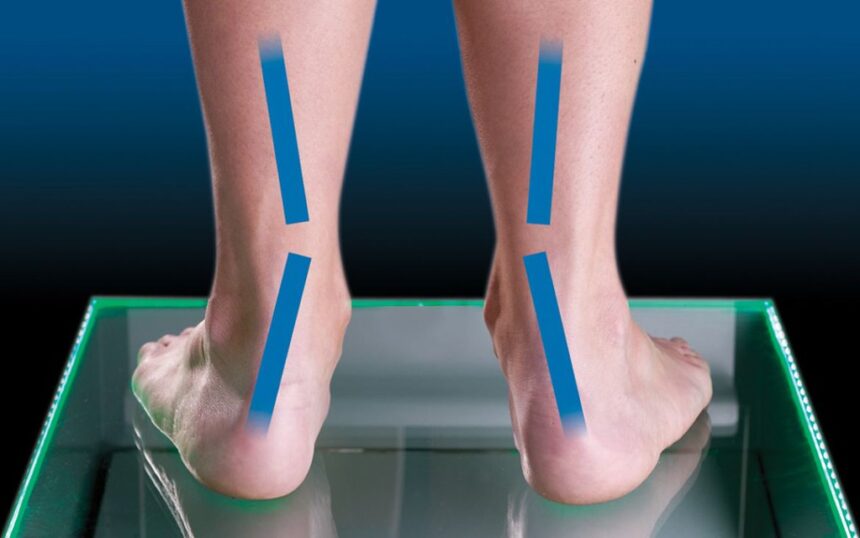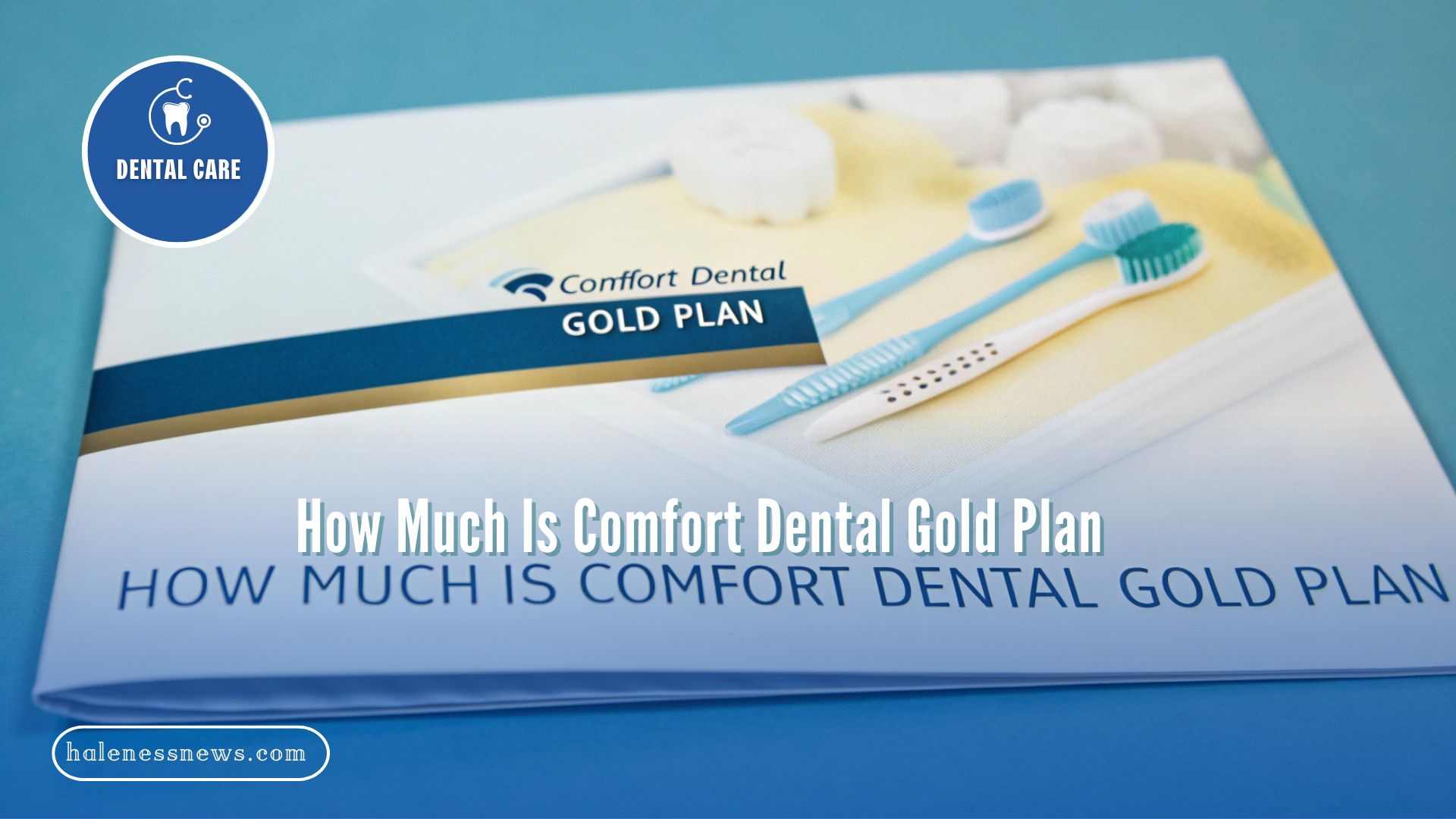Flat feet occur when the arches of the feet are not well-defined, which can impact the body’s alignment and lead to posture problems. Proper foot alignment is beneficial as it provides the foundation for the body, and issues in this area can cause complications like ankle, knee, or back pain. Discover how this condition affects posture and explore available solutions, including corrective orthotics and minimally invasive treatments.
Flat Feet, Ankle Alignment, and Body Posture
The alignment of the feet directly affects the ankle joint and influences the body’s posture. Flat feet lack proper arch support and cause overpronation, where the foot rolls excessively inward during movement. This inward rolling improperly distributes weight, strains the ankles, and leads to joint instability and discomfort. Misaligned ankles disrupt the alignment of the knees, hips, and lower back. Over time, this reduces posture and movement efficiency.
Arch Support Correction and Posture Improvement
Custom orthotics manage low or collapsed arches by providing optimal support, improving foot positioning, and evenly distributing weight across the foot. They correct overpronation, align the body, and reduce joint strain caused by poor posture. Using orthotics regularly helps stabilize movement and alleviate discomfort caused by improper foot mechanics. Modern technology tailors orthotics to fit various foot shapes and meet specific needs.
Conservative Care and Minimally Invasive Surgery
Treatment for flat feet can be divided into conservative and surgical approaches, based on the severity of the condition, such as:
Conservative Care
- Stretching and Strengthening Exercises: Targeted exercises that improve flexibility in the Achilles tendon and calf muscles can mitigate flat feet. These exercises help enhance stability and provide mild pain relief.
- Weight Management: For individuals whose flat feet are aggravated by excess weight, weight reduction can alleviate undue pressure on the feet and improve overall alignment.
- Supportive Footwear and Orthotics: Wearing proper footwear with adequate arch support and shock absorption can provide significant relief during daily activities.
Minimally Invasive Surgery
When conservative measures fail to deliver relief, minimally invasive surgical options are taken into account. These procedures focus on restoring arch structure, correcting misalignments, and relieving pain. Advancements in minimally invasive techniques reduce recovery time and post-operative discomfort compared to traditional surgical methods. Consultation with a specialist is beneficial to determine whether surgical intervention is appropriate.
Posture and Foot Health Maintenance
Flat feet and their related posture issues can often be managed through consistent efforts to strengthen and improve foot function. Here are some ideas:
- Foot Rolling: Roll a small ball under the arches of your feet for a few minutes daily to relieve tension and enhance flexibility.
- Toe Curls: Place a towel on the floor and practice gripping and moving it with your toes to engage your foot muscles.
- Calf Stretches: Hold each stretch for 15–30 seconds to stretch your calves, reducing strain on the Achilles tendon and improving foot alignment.
- Balance Training: Simple exercises, such as standing on one foot, improve ankle stability and overall posture.
Selecting footwear designed to support the arch and prevent overpronation can make a significant difference in managing posture problems due to arch issues.
Get Personalized Care and Treatment Options
Effective management strategies include using custom orthotics, targeted exercises, and, in severe cases, minimally invasive surgery. These approaches can lead to noticeable improvements in posture and foot health. Professional evaluation is beneficial to identify the most suitable solutions tailored to individual needs. If you are struggling with flat feet and concerns about your posture, schedule a consultation with a specialist.
- What to Expect Before, During, and After Oral Surgery
- How Allergies Affect Your Immune System and What You Can Do About It
- Flat Feet and Posture: How Poor Arch Support Affects Your Body
- How Acupuncture Can Complement Other Forms of Pain Relief
- Understanding the Emotional and Physical Benefits of a Breast Lift









